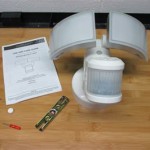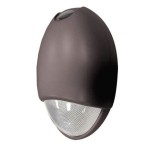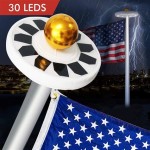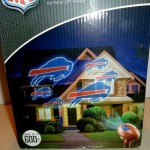Choosing the Right Material for Outdoor Cushions
Outdoor cushions are an essential part of any patio or deck, providing comfort, style, and a welcoming touch to your outdoor space. However, selecting the right material for your cushions is crucial, considering the harsh elements they will face. From the scorching sun to the relentless rain, outdoor fabrics must endure the test of time and weather. This article will guide you through the various materials commonly used for outdoor cushions, highlighting their advantages and disadvantages to help you make an informed decision.
1. Sunbrella Fabric
Sunbrella fabric has become a popular choice for outdoor furniture, renowned for its exceptional durability and resistance to fading, mildew, and water. Its inherent moisture-wicking properties make it a breathable option, ensuring comfort even on hot days. Sunbrella fabrics come in a wide array of colors and patterns, offering ample design flexibility to complement any outdoor aesthetic. While Sunbrella is generally known for its longevity, it is essential to note that prolonged exposure to direct sunlight can lead to some fading over time, although it is significantly less prone to this than many other fabrics.
2. Olefin Fabric
Olefin fabric, also known as polypropylene, is another popular choice for outdoor furniture due to its affordability and resistance to water, mildew, and fading. It is lightweight, making it easy to handle and move, and dries quickly after rain. However, olefin fabric can be susceptible to tearing and may not offer the same level of luxurious feel as some other materials. Additionally, while it generally resists fading, prolonged exposure to harsh UV rays can eventually lead to color degradation.
3. Acrylic Fabric
Acrylic fabric is a synthetic blend often used for outdoor cushions, offering a good balance of durability, softness, and affordability. It is known for its resistance to fading, mildew, and water, making it suitable for various outdoor environments. Acrylic fabric tends to be more breathable than olefin, allowing for greater airflow and comfort. However, it can wrinkle more easily than other fabrics, requiring periodic ironing or steaming to maintain its appearance.
4. Solution-Dyed Acrylic Fabric
Solution-dyed acrylic fabric takes the advantages of acrylic one step further. The dye is added to the fabric at the yarn stage, resulting in deeper, more resilient colors that are less prone to fading from sunlight. This makes solution-dyed acrylic an excellent option for outdoor cushions that will be exposed to prolonged periods of sunshine. It also offers superior water resistance and mildew resistance, making it a practical and durable choice for outdoor use.
5. Polyester Fabric
Polyester fabric is a versatile synthetic fiber known for its strength, durability, and water resistance. It is commonly used for outdoor cushions, offering affordability without compromising on performance. Polyester fabrics are generally easy to clean and maintain, making them a practical choice for busy households. However, some types of polyester fabrics may be prone to fading, so it is crucial to select a fade-resistant option for outdoor use. Additionally, while polyester is generally water-resistant, it may not be as breathable as other materials, requiring periodic airing to prevent moisture buildup.
6. Cotton Canvas Fabric
Cotton canvas fabric, while not as commonly used for outdoor cushions as synthetic materials, offers a rustic charm and a natural feel. It is a durable fabric known for its strength and breathability. However, cotton canvas fabric is susceptible to fading, mildew, and water damage, requiring regular care and attention. It may also shrink or stretch with exposure to moisture, necessitating periodic washing and drying. While cotton canvas might be suitable for sheltered patios or porches, it is not generally recommended for high-traffic areas or environments with heavy rainfall.
7. Outdoor Foam
Foam is the crucial component that provides comfort and support to your outdoor cushions. There are various types of foam available, each with its unique properties and benefits. High-density foam offers excellent support and resilience, while softer foams provide a more plush feel. It is essential to select a foam that is resistant to moisture and mildew to prevent it from degrading due to exposure to the elements. Additionally, foam with a breathable cover can help prevent moisture buildup, prolonging the life of your cushions.
In conclusion, choosing the right material for outdoor cushions is a crucial decision that impacts both their comfort and durability. By carefully considering the advantages and disadvantages of each material, you can ensure that your cushions will withstand the challenges of the outdoor environment and provide you with years of enjoyment.

What Is The Best Fabric For Outdoor Cushions Ricky Richards

What Is The Best Fabric For Outdoor Cushions

Outdoor Cushion Guide Materials Foam Padding

Best Fabric For Outdoor Furniture And Cushions

Dyed Outdoor Cushions Rit Dye

Fabric For Outdoor Cushions Sunbrella

Outdoor Cushions Specialist Cushion Fabrics For Garden Furniture

Dryfast Foam Is The Perfect Material For Outdoor Cushions

Diy Outdoor Cushions A Erfly House

Sew Easy Outdoor Cushion Covers Confessions Of A Serial Do It Yourselfer
Related Posts







